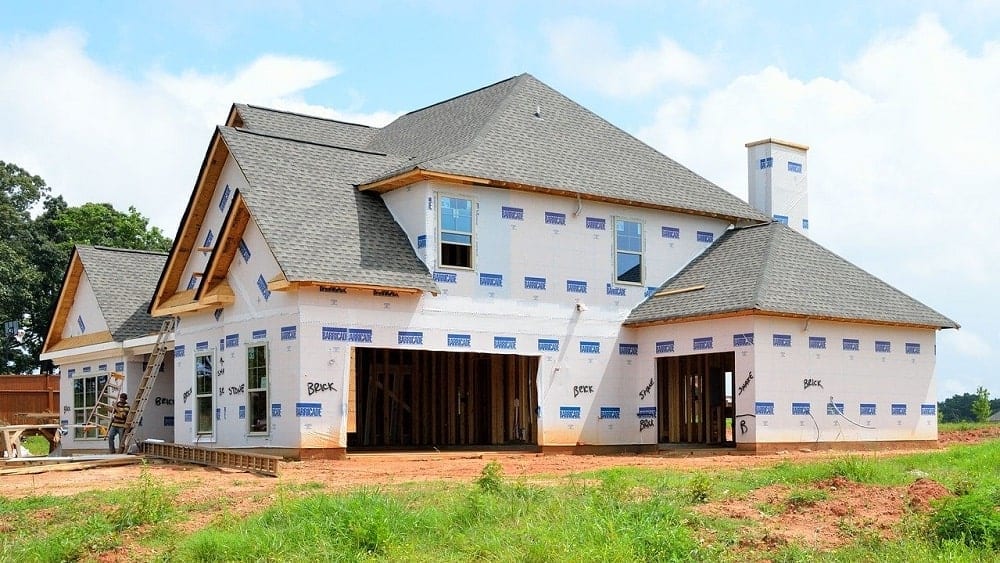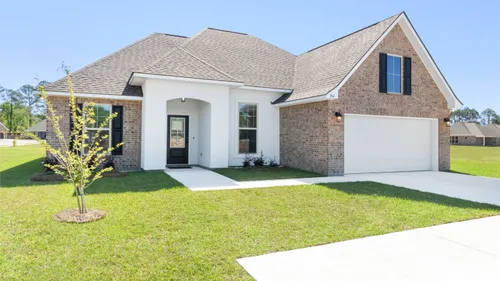Leading Carmel Indiana General Contractor for Home and Business Renovations
Leading Carmel Indiana General Contractor for Home and Business Renovations
Blog Article
Just How a General Service Provider Can Transform Your Usual Locations Into Useful Spaces
The change of typical areas right into practical rooms is a nuanced procedure that requires a general contractor's expertise in assessing certain area requirements and making customized solutions. By thinking about variables such as layout, access, and visual charm, a professional can develop atmospheres that not only offer sensible functions but likewise foster area involvement.
Assessing Current Common Location Needs
When examining common areas, it is important to identify and comprehend the specific needs of the neighborhood they serve. This procedure begins with a detailed assessment of present use patterns, which involves gathering information walking website traffic, height use times, and tasks occurring within these rooms. Engaging with community members through studies or meetings can provide important insights into their preferences and challenges.
Following, it is very important to consider the demographic composition of the neighborhood, including age, lifestyle, and any unique demands that might affect just how these rooms are utilized. Families with young children might need play locations, while older grownups might focus on access attributes.
Additionally, assessing the existing framework and facilities is critical. Recognizing locations that are underutilized or in requirement of repair work can inform possible enhancements. Working together with stakeholders, such as residential or commercial property managers and neighborhood organizations, ensures that the evaluation mirrors a detailed understanding of the neighborhood's demands.
Eventually, a careful assessment of existing typical location requires prepares for effective makeovers, enabling for the development of areas that cultivate involvement and enhance the total high quality of life within the community.
Designing for Capability and Aesthetics
An extensive understanding of neighborhood requires sets the phase for effective layout that balances capability and aesthetics in usual areas. Successful layout calls for a thoughtful approach that thinks about both the sensible uses of the area and the aesthetic charm that boosts the environment.
Useful style requires creating areas that satisfy the certain tasks and interactions of the neighborhood. This could consist of flexible seating plans for celebrations, available pathways for individuals with mobility difficulties, or assigned locations for leisure tasks. Each element should offer a function while ensuring ease of motion and comfort for individuals.
Aesthetic appeals play a crucial duty in fostering a welcoming environment. The selection of shades, products, and lights can significantly impact the understanding of a room. Integrating all-natural elements, such as greenery or water functions, can boost the setting and develop a relaxing atmosphere. Furthermore, aligning the style with the neighborhood's social identity can promote a sense of belonging and satisfaction.
Budgeting and Resource Allocation
Reliable budgeting and source allocation are vital elements in the successful transformation of typical areas. A distinct spending plan details the financial criteria within which the project must operate, making sure that expenses are controlled and resources are efficiently used. This begins with a comprehensive assessment of job needs, including design aspects, materials, and labor.

A basic service provider plays an essential function in this phase, collaborating with stakeholders to develop reasonable budget plan price quotes that straighten with the designated vision. By prioritizing vital features and exploring economical options, the specialist can optimize investing without compromising top quality.
Resource allocation requires strategically designating workers, devices, and materials to various phases of the task (Kitchen Remodeling Indiana). This needs mindful preparation to stay clear of delays and ensure that each part is provided on time. In addition, routine surveillance of expenditures against the budget aids to identify prospective overruns early, enabling timely adjustments
Taking Care Of Building Refine Efficiently
Handling the building and construction procedure successfully is important for accomplishing prompt job conclusion and keeping budget stability. A well-coordinated technique entails precise planning, clear communication, and efficient resource administration. General professionals have to develop a thorough task timeline that details each stage of construction, allowing for the recognition of possible bottlenecks and vital milestones.
Normal development meetings are essential for maintaining all stakeholders notified and aligned. These conferences promote the prompt resolution of concerns, making certain that the job remains on track. Additionally, making use of task administration software application can streamline interaction, track development, and handle documentation, reducing the chance of misunderstandings and delays.
Efficient source allocation is also extremely important. By making sure that materials, labor, and tools are available when needed, general professionals can prevent pricey disruptions. Executing an aggressive technique to risk management further boosts efficiency, as it permits for the identification and mitigation of potential difficulties prior to they escalate.

Guaranteeing Conformity and Quality Criteria
Conformity and high quality standards are essential to the success of any type of construction job, making certain that the completed spaces not just meet client expectations yet also comply with governing needs. A general service provider plays a critical duty in enforcing these requirements throughout the building and construction procedure.
First, it is click this site crucial for the professional to remain click this site upgraded on neighborhood building codes, safety and security policies, and market finest techniques. This expertise enables them to assist style options and product options that straighten with compliance standards. Regular evaluations and high quality analyses during the construction phase help to identify potential problems early, alleviating expensive delays and remodel.
In addition, a trustworthy basic professional promotes a society of top quality amongst employees and subcontractors. This can be accomplished by supplying training on compliance procedures and applying stringent high quality control steps. By establishing clear communication channels, the specialist can guarantee that everybody involved understands their responsibilities relating to compliance and top quality.
Verdict
Finally, the duty of a basic contractor in changing typical locations into useful spaces is pivotal. Via a thorough analysis of neighborhood requirements, thoughtful design, thorough budgeting, and effective project management, these specialists can produce environments that boost usability and aesthetic appeal. Adherence to conformity and quality criteria even more ensures that revitalized rooms not only fulfill the assumptions of stakeholders however also foster involvement and enhance the total experience for all users within the community.
The makeover of common locations right into functional rooms is a nuanced process that calls for a general contractor's expertise in analyzing particular area needs and creating tailored remedies. By thinking about variables such as layout, access, and aesthetic allure, a specialist can develop environments that not only offer practical purposes yet also foster area involvement. General service providers must establish an in-depth job timeline that details each stage of construction, enabling for the recognition of potential traffic jams and critical milestones.

Report this page